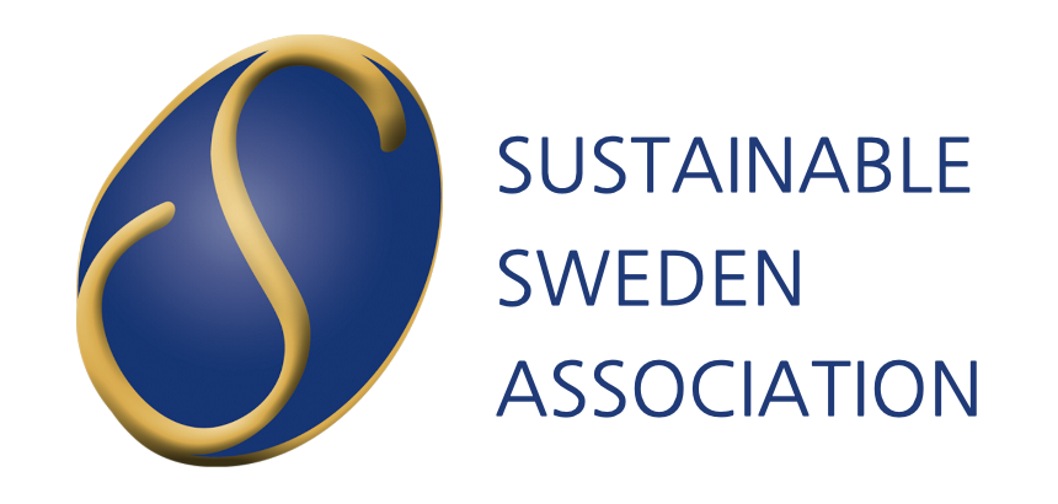Note : This section is still under construction
Food production has and still is a major concern in a country that is prone to chronical droughts and deforestation. But many think and some have proved that with an optimal agriculture, Ethiopia could not only sustain itself but all of the neighbouring countries. Hence, in order to help make the Municipalities even more resilient, and their food production more sustainable, we have decided to gather here information about alternative methods of growing food and plants.
Summary :
- Permaculture : What is it ?
- Downloadable files, pdf and e-books about permaculture, urban greening and food production
- Videos and Youtube channels about permaculture, urban greening and food production
Permaculture is a form of food production that relies on sustainable and perennial ecosystems. The techniques developed in permaculture are always the result of a very careful and scientific observation of natural ecosystems. For example, by observing that the soil in forests is almost always covered by a litter of vegetation (dead leaves or rampant plants), permacultors have showed that it is always effective to cover your ground, either to prevent drought, growing of unwanted plants, and natural enrichment of the soil. Permaculture also dismisses the use of pesticides given that it relies on a comprehensive understanding of biodiversity : an ecosystem with a great variety of animal and plant species is very rarely prone to pest infestation unlike monocultures.
Finally, permaculture is a flexible discipline, given that it is possible to adapt each farm’s design to the local climate, fauna and flora if one is observant enough of the local ecosystems’ way of functioning.
For more definitions and information about permaculture, we recommend visiting the following websites :
http://www.permaculture.net/about/definitions.html
http://www.tropicalpermaculture.com/what-is-permaculture.html
Free downloadable files, pdf and e-books
The Essence of Permaculture – David Holmgren (12 pages – in english)
This file is provided by the website permacultureprinciples.com. Click on this link to access their download page and find the book in other languages, along with other downloadable ressources.
This short pdf book presents a summary of the concepts developed by David Holmgren in his book Permaculture Principles & Pathways Beyond Sustainability (2002). It presents in details the 12 Permaculture Designs and Ethic Principles identified by Holmgren, which are :
- Observe and Interact
- Catch and Store Energy
- Obtain a yield
- Accept self-regulation and accept feedback
- Use and value renewable resources and services
- Produce no waste
- Design from patterns to details
- Integrate rather than segregate
- Use small and slow solutions
- Use and value diversity
- Use edges and value the marginal
- Creatively use and respond to change
Willie Smits – How to restore a tropical forest (TED talk) – (2009) (with subtitles)
Note : The subtitles are automatically set to french but can be changed to several different languages
In this video, you will see the example of the Samboja Lestari project on the island of Borneo (Indonesia). Willie Smits, a forestry engineer and biologist, founder of the Borneo Orangutan Survival Foundation decided to launch this project in order to reforest an area in the south-eastern part of the island of Borneo. In a little less than a decade, and with very well planned methods and observations of the natural world, the project managed to reforest the area while creating 3,000 jobs for the local inhabitants and including them in the decision process.
Willie Smits explains in this video some key-points related to agriculture and soil management in order to achieve a successful reforestation in an environment that has been completely deforested for profit, and is prone to very frequent (yearly) forest fires. Although Borneo is a tropical island and has endemical plants, the planning process, and observation of the natural environment can be adapted to and done in any region of the world.
Themes : Polyculture, agroforestry, biodiversity, green jobs, project management, back-casting, long-term planning, capacity building, education.
Sepp Holzer’s Mountain Permaculture Farm – The Permaculture Zone (with subtitles)
Here, the youtube channel specialized in Permaculture, called The Permaculture Zone, meets Josef Holzer, son of Sepp Holzer, one of the pioneers in permaculture. Both father and son have developped over the years a sustainable method of food production on the side of a mountain in Austria. The climate there is very cold, with over 160 days of ice and frost a year and only 25 days over 25 degrees. But with a good knowledge of the ecosystems’ way of functioning and good planning, they have been able to make this mountain side produce both vegetables and animal products. The farm manages to create several different ecosystems and micro-climates thanks to the terrace systems and steep slopes, the ponds, and the biodiversity, aswell as the help of animals, who then can be used for production aswell.
In this video, Sepp Holzer explains in this order :
- The basic functioning of the terrace systems.
- The role of animals (cows, horses and pigs).
- How crops are grown with the use of biodiversity as a means of pest-control, and natural soil-enrichment without any chemicals.
- How to create a micro-climate with the movement of air (in this example he explains how the cellar to preserve food functions).
- The importance of trees and agroforestry in producing food and other ressources (timber for construction and firewood for fuel).
- The use of having ponds and fish, and how it affects the micro-climate.
